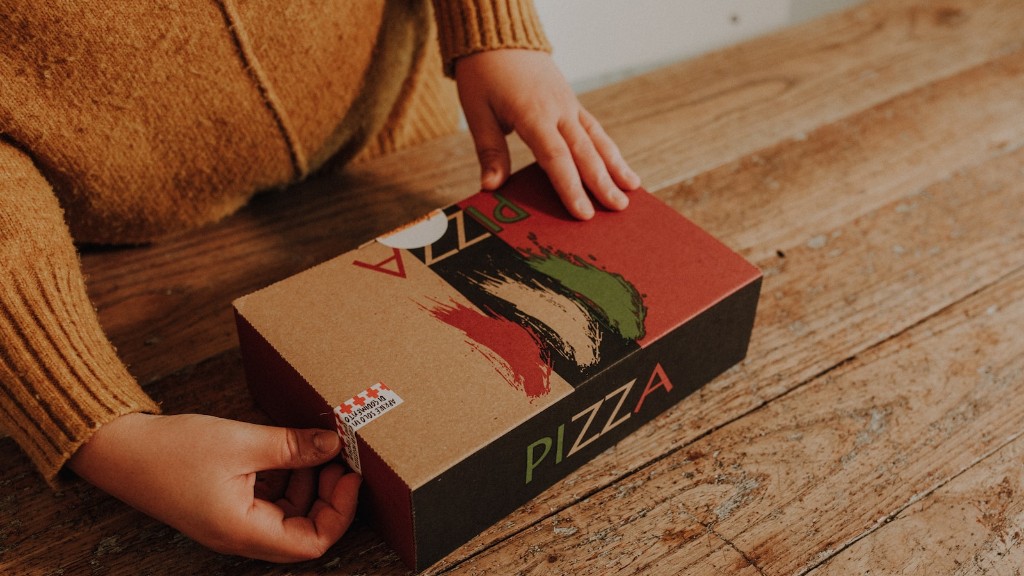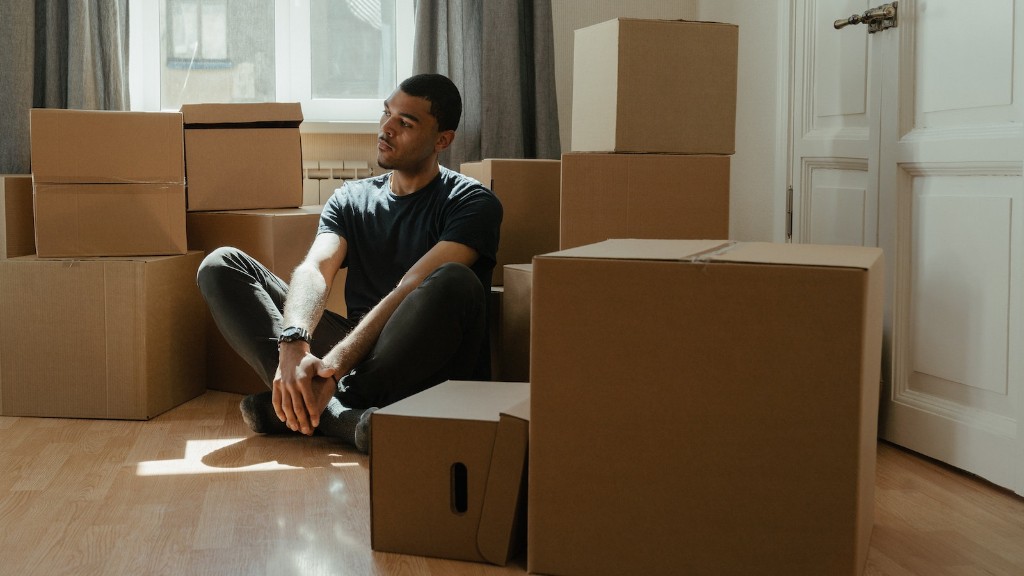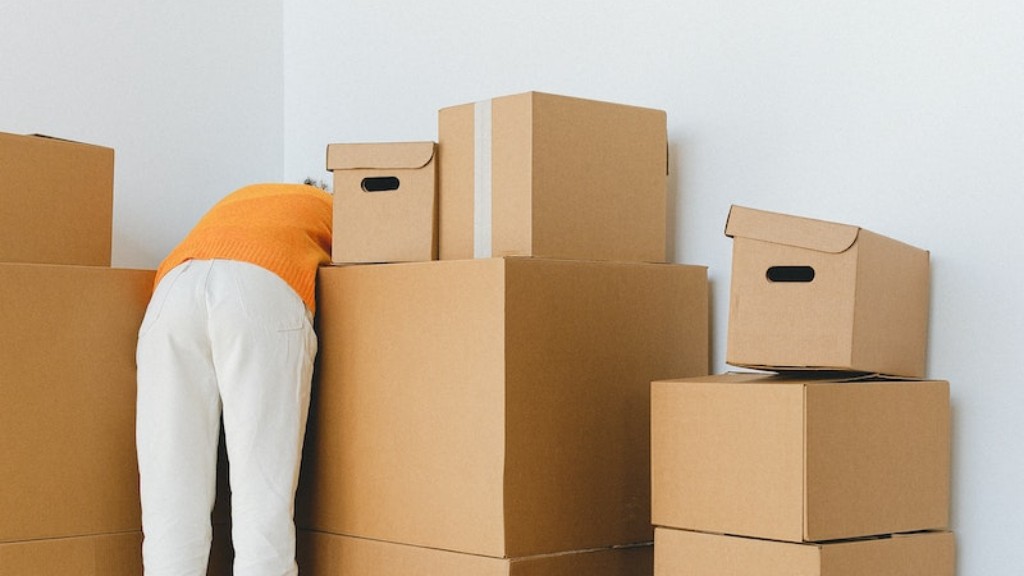In today’s society, where sustainability and eco-friendly practices are becoming increasingly important, finding ways to reduce waste and reuse materials has become a top priority. One innovative solution to this problem is the concept of 3D modeling, which allows us to create virtual representations of real-world objects, including small milk carton boxes. These 3D models not only serve as a way to visualize and design new products but also offer an opportunity to reduce waste by reusing existing materials.
Creating a free small milk carton box 3D model is not only an exciting project but also a practical one. By using 3D modeling software, designers can accurately replicate the dimensions and shape of a small milk carton box, ensuring that the model is as realistic and detailed as possible. This level of accuracy is crucial for designers and manufacturers who need to test and visualize their products before committing to mass production.
One of the key benefits of 3D modeling is the ability to easily modify and customize the small milk carton box model. With just a few clicks, designers can resize, reshape, and add or delete specific details to suit their needs. This flexibility allows for endless possibilities and creative exploration, ensuring that the final product is both functional and visually appealing.
Experts in the field of 3D modeling emphasize the importance of using accurate measurements and textures when creating a small milk carton box 3D model. These details can make a significant difference in the final result, as they help to create a greater sense of realism and immersion. For example, a small milk carton box model with accurate proportions and textures can be used in virtual reality (VR) environments to simulate real-world scenarios, such as a supermarket shelf or a delivery truck.
Furthermore, 3D modeling opens up possibilities for optimization and innovation. By experimenting with different materials, shapes, and sizes, designers can create more sustainable and efficient small milk carton boxes. This process allows for the exploration of alternative packaging materials that may be more environmentally friendly or cost-effective.
From a consumer perspective, having access to a free small milk carton box 3D model can be incredibly beneficial. It offers an opportunity to visualize and plan the storage and organization of items before making a purchase. Additionally, individuals can utilize the model to experiment with different arrangements and configurations, ensuring that they make the most efficient use of available space.
In conclusion, the concept of a free small milk carton box 3D model presents numerous advantages and opportunities. From a sustainability standpoint, it allows for the reuse and optimization of materials, reducing waste and promoting eco-friendly practices. For designers and manufacturers, 3D modeling offers increased accuracy, flexibility, and innovation. Finally, from a consumer perspective, having access to a small milk carton box 3D model can assist in planning and organizing, ensuring efficiency and effective use of space.
Using 3D Models for Product Design
In the realm of product design, 3D modeling has become an invaluable tool for creating realistic prototypes and visualizing the final product. By employing a free small milk carton box 3D model, designers can accurately assess the feasibility and functionality of their designs without incurring significant costs.
3D models provide a deeper understanding of how a small milk carton box will look and function in the real world. Designers can experiment with different color schemes, textures, and materials to create a visually appealing product that aligns with the brand’s aesthetics.
Moreover, 3D modeling enables designers to evaluate the ergonomics and usability of a small milk carton box. They can analyze how users would interact with the product and make adjustments accordingly. This proactive approach ensures that the final product meets the needs and expectations of the target audience.
Additionally, 3D models facilitate collaboration between different teams involved in the product development process. Designers, engineers, and marketers can work together to refine the small milk carton box design, identify potential issues, and develop effective marketing strategies. This collaboration saves time and resources, streamlining the product development cycle.
Overall, leveraging free small milk carton box 3D models in product design improves accuracy, creativity, and collaboration, resulting in better products that meet the demands of both businesses and consumers.
Virtual Reality and 3D Models
Virtual Reality (VR) has rapidly gained popularity in various industries, and the integration of 3D models further enhances the immersive experience it offers. Using a free small milk carton box 3D model in VR can revolutionize product visualization and customer engagement.
With VR, customers can virtually explore different product options, configurations, and environments. They can interact with the small milk carton box model, rotate it, and examine it from all angles, helping them to make informed purchasing decisions.
Moreover, retailers can create virtual showrooms where customers can experience a wide range of products, including small milk carton boxes. This approach not only eliminates the need for physical inventory but also provides an innovative and memorable shopping experience.
The integration of 3D models into VR technology also opens new avenues for marketing and advertising. Brands can create immersive and interactive campaigns that allow customers to engage with the small milk carton box model in unique ways. This allows companies to stand out in a crowded marketplace and build stronger connections with consumers.
Therefore, the combination of VR and 3D models presents exciting opportunities for both businesses and consumers, revolutionizing the way we visualize, experience, and interact with products.
Small Milk Carton Box 3D Printing
3D printing has become a game-changer in the manufacturing industry, enabling the creation of physical objects from digital models. Utilizing a free small milk carton box 3D model in the 3D printing process offers numerous advantages and benefits.
Firstly, 3D printing allows for rapid prototyping, significantly reducing the time and cost associated with traditional manufacturing methods. Designers can quickly iterate on the small milk carton box design, test its functionality and aesthetics, and make necessary adjustments before proceeding to large-scale production.
3D printing also provides the flexibility to experiment with various materials, including biodegradable and recycled options. This promotes sustainability and aligns with the growing demand for environmentally friendly alternatives to traditional packaging materials.
Furthermore, 3D printing facilitates customization and personalization. Brands can create small milk carton boxes tailored to specific customer preferences, such as unique colors, patterns, or embossed logos. This level of customization enhances brand loyalty and customer satisfaction.
Finally, 3D printing empowers small businesses and entrepreneurs to bring their designs to life without the need for large-scale manufacturing infrastructure. By utilizing a free small milk carton box 3D model and a 3D printer, individuals can create prototypes or even produce small batches of products, opening up new business opportunities.
In summary, the integration of 3D printing and small milk carton box 3D models revolutionizes the manufacturing industry, offering efficiency, sustainability, customization, and accessibility.
Applications in Education and Training
3D modeling and virtual reality have also found their way into the realm of education and training, transforming the way we learn and acquire new skills. The availability of a free small milk carton box 3D model has far-reaching implications in these domains as well.
In educational settings, teachers can utilize 3D models to enhance students’ understanding of spatial concepts, geometry, and engineering principles. Students can explore the intricacies of a small milk carton box, manipulate its dimensions, and observe how changes affect its structure and functionality.
Furthermore, vocational training programs can use 3D models to simulate real-world scenarios and teach practical skills. For example, aspiring packaging designers can engage with a small milk carton box 3D model to learn about the packaging production process, materials selection, and market requirements.
In healthcare education, 3D models facilitate the learning of anatomy and medical procedures. Students can study the intricacies of organs and body structures using a small milk carton box 3D model as a substitute for more expensive and less accessible anatomical models.
Overall, the integration of small milk carton box 3D models in education and training has the potential to enhance learning outcomes, foster creativity, and equip individuals with practical skills needed to succeed in their careers.





